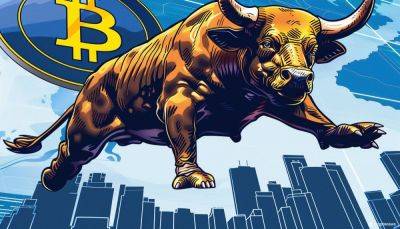Has the growth of India’s economy translated into domestic jobs?
Recently, two international organizations published their assessment of India’s labour market and employment situation. Two weeks ago, the International Labour Organization (ILO), in collaboration with the Institute for Human Development (IHD), released the India Employment Report 2024, focusing on youth employment. Shortly thereafter, the World Bank released its South Asia Development Update (SADU), with a focus on jobs.
These two reports attracted attention for the concerns more than confidence they expressed. One is reminded of the quote attributed to Nobel laureate Daniel Kahneman (who passed away recently): “The brains of humans and other animals contain a mechanism that is designed to give priority to bad news." For any government, employment creation and raising living standards are more important goals than economic growth. Economic growth is a means to an end.
It may not be a sufficient condition, but it is indeed a necessary one. In that respect, India has done a stellar job of restoring economic growth after the huge pandemic that hurt GDP growth and job creation. Has this growth recovery also restored dynamism to the engine of job creation? The answer is yes.
Before we go there, let us look at India’s historical record in job creation. The RBI-KLEMS database, with its 40- plus years of annual numbers, allows data analysis. Over the 42 years between 1980-81 and 2021-22, non-farm employment in India grew at a compounded average annual growth rate of 3.16%.
If we split this into pre- and post-millennium periods (1980-81 to 1999-00 and 2000-01 to 2021-22 respectively), the growth rates are 3.37% and 3.13%, respectively. There is a slight decline in the growth rate in the new millennium, but it is not large. As
. Read more on livemint.com






















